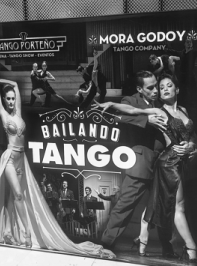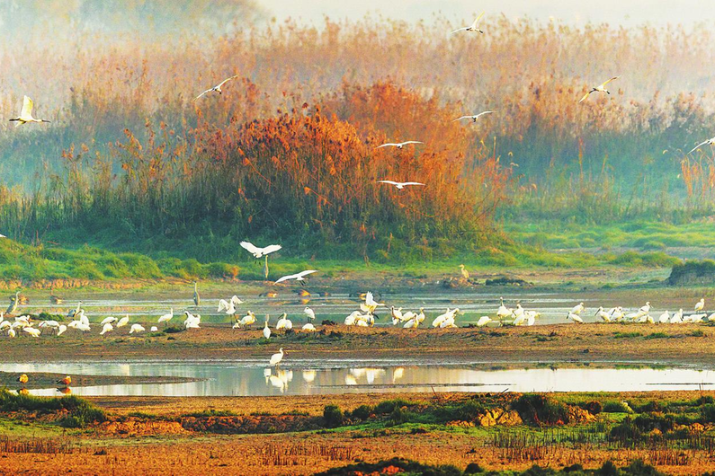I find time to take in tango during three days of living like the locals

Before I traveled to Argentina in December to cover the inauguration of President Alberto Fernandez, I told myself I must do three things to live like the locals: eat as much steak as possible; drink mate tea instead of water; and watch a tango show.
In the three days I was in Buenos Aires, I managed to tick all three boxes.
I dined out on succulent Argentine grass-fed skirt steak and drank mate tea-a favorite of the country's soccer star Lionel Messi. However, what impressed me the most was the show I saw at the Tango Porteno theater in the city's downtown.
As the lights dimmed, the dancers paired off to begin a carefully rehearsed performance. In movements where there was space between the lead dancer and a partner's body, or where the pair was in contact chest to chest or at the upper thigh and hip, the performers conveyed expressions of love, tradition, solitude, exile and disillusion.
The lyrics for tango music center on nostalgia, sadness and lost love. One of my favorite songs, and probably the best known, is Por Una Cabeza, from the movie Scent of a Woman.
I was lucky enough to hear the song performed the night I visited the theater, and it struck a chord with the audience, winning enthusiastic applause.
Originally, tango was a blend of styles produced by a mix of cultures in the lively port of Buenos Aires. In the 19th century, thousands of young people arrived from Europe in search of a better life. In the Argentine capital, they lived side-by-side with former slaves and indigenous people. As a result, traditions in dance and music began to meld.
By the end of the 19th century, tango had become extremely popular and had begun to spread across the world. People enjoyed the energetic dancing style, and tango records were soon being sold across North America and Europe.
In Argentina, the popularity of tango dancing symbolizes communication and integration between different cultures.
Now, many young Chinese are developing a passion for this seductive dance form, and there are tango clubs in cities such as Beijing, Shanghai, Chongqing and Hangzhou, capital of Zhejiang province.
Tens of thousands of enthusiasts are learning the dance, through which they are also discovering Argentina, its culture and people.
It is not hard to find Argentine beef, mate tea and red wine in China these days.
But above all, demand for tango lessons continues to rise as China's middle class expands and seeks a wider cultural experience.


Today's Top News
- Hainan FTP launches intl services portal
- HK's Jimmy Lai convicted in national security case
- China announces countermeasures against former Japanese senior official
- Australia set to further tighten gun control laws
- HKSAR security chief on conviction of Jimmy Lai
- Jimmy Lai's verdict sends clear messages






























